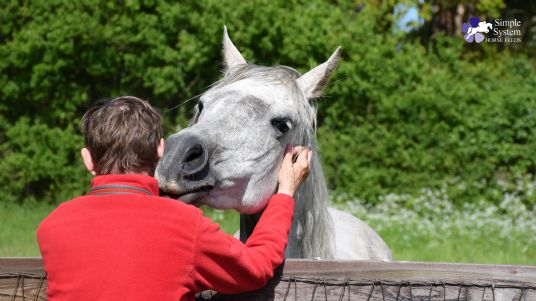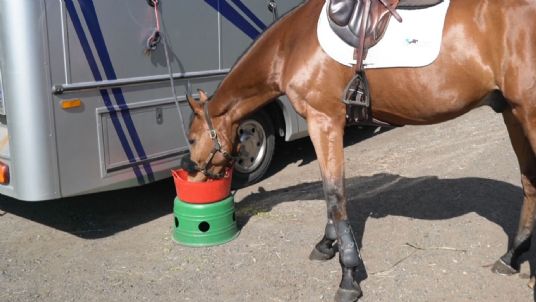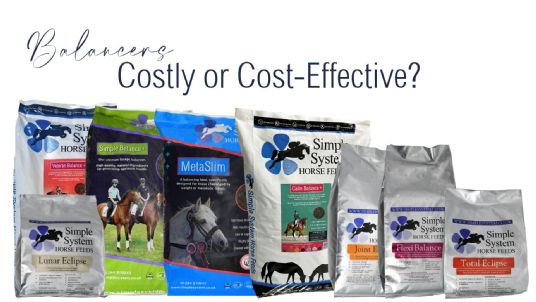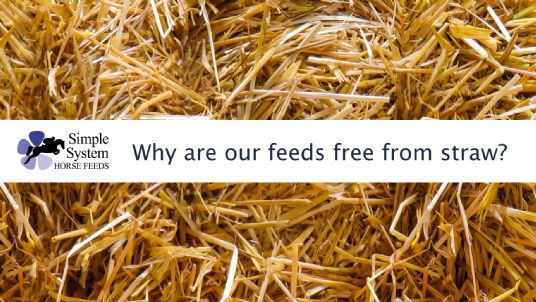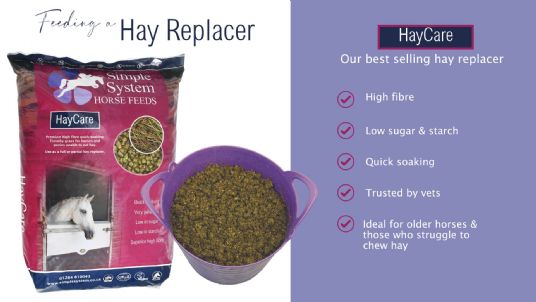Winter hydration for horses
When the weather turns cold, horses are less inclined to drink. Coupled with sudden changes in management, such as more time spent stabled or eating more hay, this can increase the risk of impaction colic.
Ensure that excercise is part of your daily routine for stabled horses. Walking out in hand helps to keep the gut moving, reducing the risk of impaction and generating warmth in the process. There's plenty we can do to encourage our horses to drink too...
- Ensure water is readily available. An obvious one perhaps but water freezes quickly in cold weather and needs checking regularly. Have your ice breaking kit to hand: a hammer to break up the ice and a colander to scoop out the pieces out are ideal as leaving the ice in there will only help the water freeze over again faster.
- Offer feeds as a warm mash. We always recommend soaking our pelleted forages to restore hydration, aid digestion and reduce the risk of choke. Using warm water instead of cold will speed up your soaking time as well as provide a warm mash feed for your horse.

